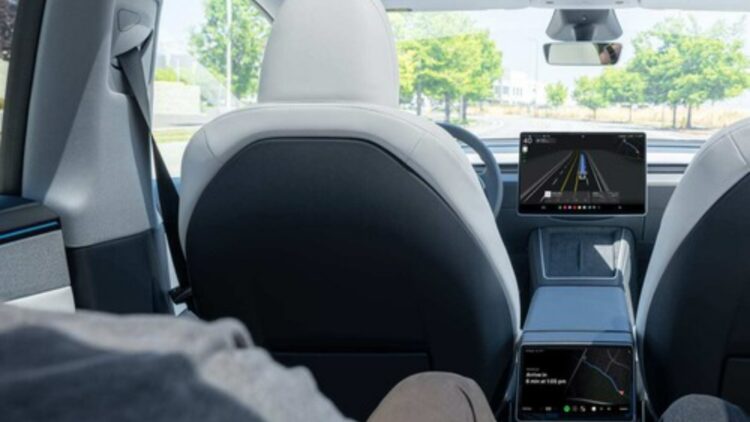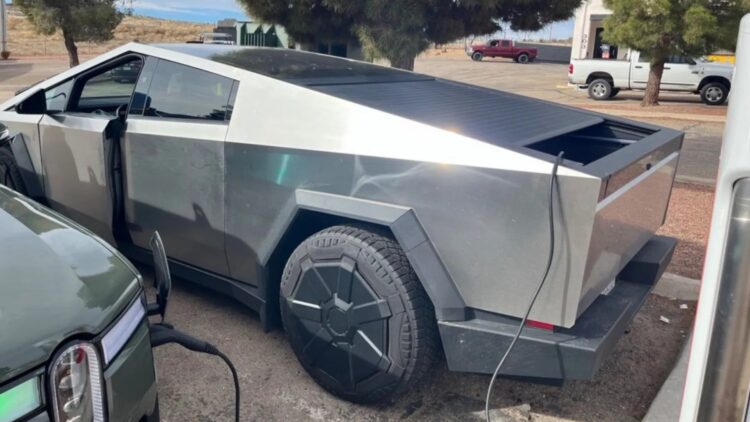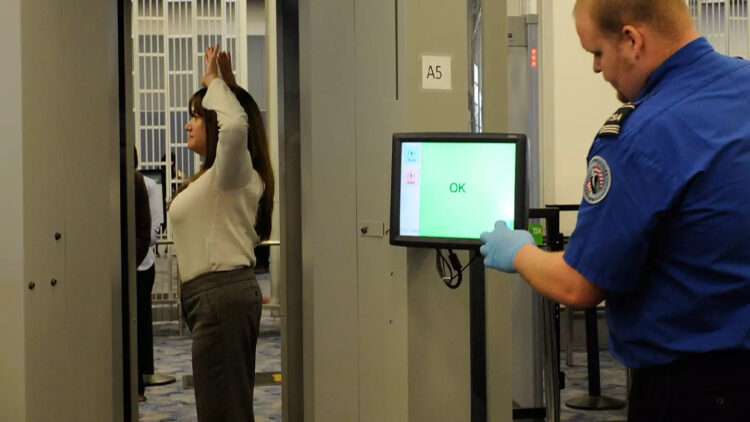No antivirus or strong passwords this Wi-Fi setting is the biggest threat to your privacy
Airport alert TSA can t believe what it finds in a passenger s carry-on luggage and takes urgent action
Neither olive oil nor coconut oil sunflower oil reveals an unexpected benefit that could put it in first place
After months of creating headlines, Tesla has finally begun to provide rides in its robotaxis, a range of autonomous vehicles. The NHTSA is the only organization that Tesla has upset, despite its claims to transform urban mobility.
Just one day after Tesla started providing its robotaxi service in Austin, federal officials got in touch with the firm. The robotaxis didn’t even have a good day. Social media videos depict these cars speeding and veering into oncoming lanes, among other traffic infractions. Do these cars have a life of their own? The films don’t support Tesla’s claims that their cars are prepared and completely safe for usage on the road.
Is Tesla moving too quickly toward complete autonomy?
The NHTSA intervened
Within 24 hours of the robotaxis’s debut, the National Highway Traffic Safety Administration (NHTSA) contacted Tesla after examining several recordings that revealed some really bizarre behavior by the vehicles. The video has raised concerns because it shows motorists abruptly braking or changing lanes without warning, especially when they are close to police cruisers.
An official statement states that the NHTSA is collecting information and will keep up its enforcement of the law to guarantee road safety, emphasizing that no manufacturer—not even Tesla—is exempt from regulation.
This is a video of my first Tesla Robotaxi journey from beginning to end. South Austin is ten miles away. comments with timestamps.Twitter: pic.twitter.com/cr6y4z1UWB
June 22, 2025, Rob Maurer (@TeslaPodcast)
What technology do Tesla s robotaxis use?
Tesla promotes its Full Self-Driving (FSD) Supervised software, which helps with braking and steering but necessitates the driver’s hands remaining on the wheel. An unsupervised version of this system has been built in the robotaxis scenario, however its specifics are still unknown (and it doesn’t appear to be functioning too well, does it?)
Although the software does all of the driving, each robotaxi has a human safety monitor in the front passenger seat.
Promises vs. reality
Two times, author Ed Niedermeyer, who was in Austin to see the launch, captured a robotaxi abruptly braking without cause. These events happened while it was passing parked police cars (maybe it didn’t want to get fined?), which begs the question of how the autonomous system perceives its environment.Other movies depict dangerous behaviors that could put other drivers in danger, such as going over speed limits or changing lanes irrationally. Therefore, even though we all hope that it will be soon, the robotaxi has made it obvious that it is not yet ready to function without supervision.
Is this launch wise?
Tesla has maintained that their system satisfies the necessary safety requirements. However, new technology are exempt from prior approval under U.S. law since automakers attest to the compliance of their vehicles. Only when safety-related accidents do place does the NHTSA intervene.
What are robotaxis?
Tesla’s most recent venture: self-driving cars that can carry people like in the movies without a human driver! They can navigate roadways and make decisions in real time by utilizing cutting-edge technology and assisted driving (cameras, sensors, and artificial intelligence). Though without a driver to turn on the radio, it’s comparable to a taxi.
The future of robotaxis: on hold?
This initial real-world test has been sufficient to raise all the alarms, even though the deployment in Austin is restricted and only accessible to invited consumers. Every ride becomes an extremely dangerous experiment due to the combination of unproven technology, reckless driving choices, and pedestrians. Are we discussing innovation or public safety risks?




